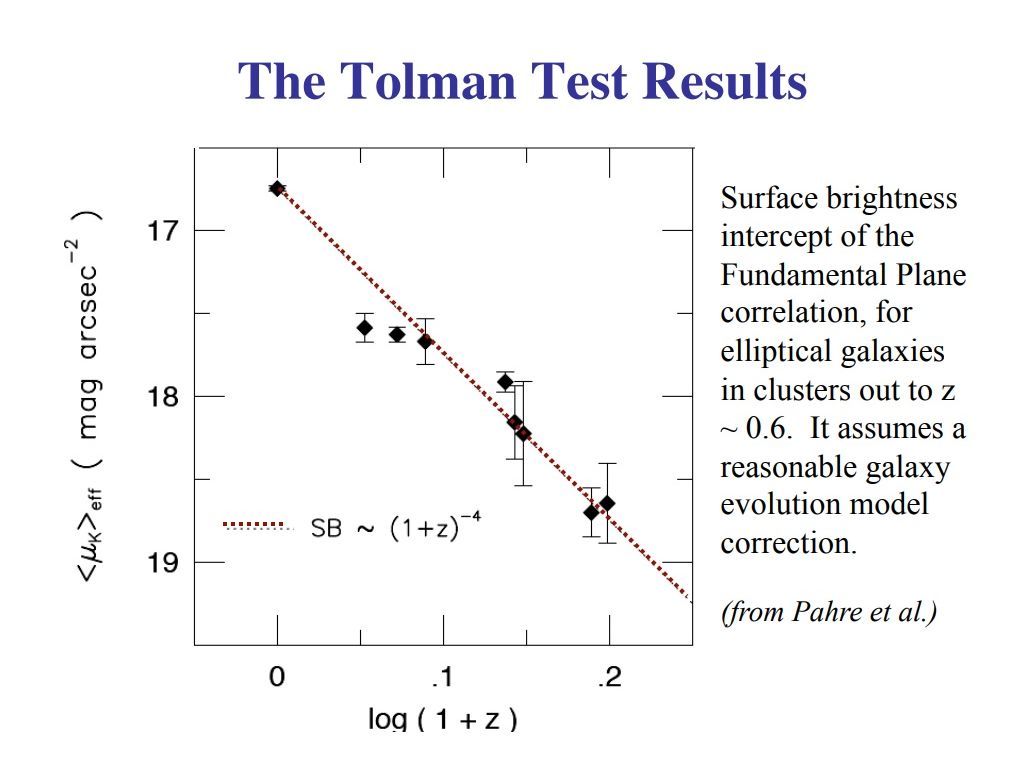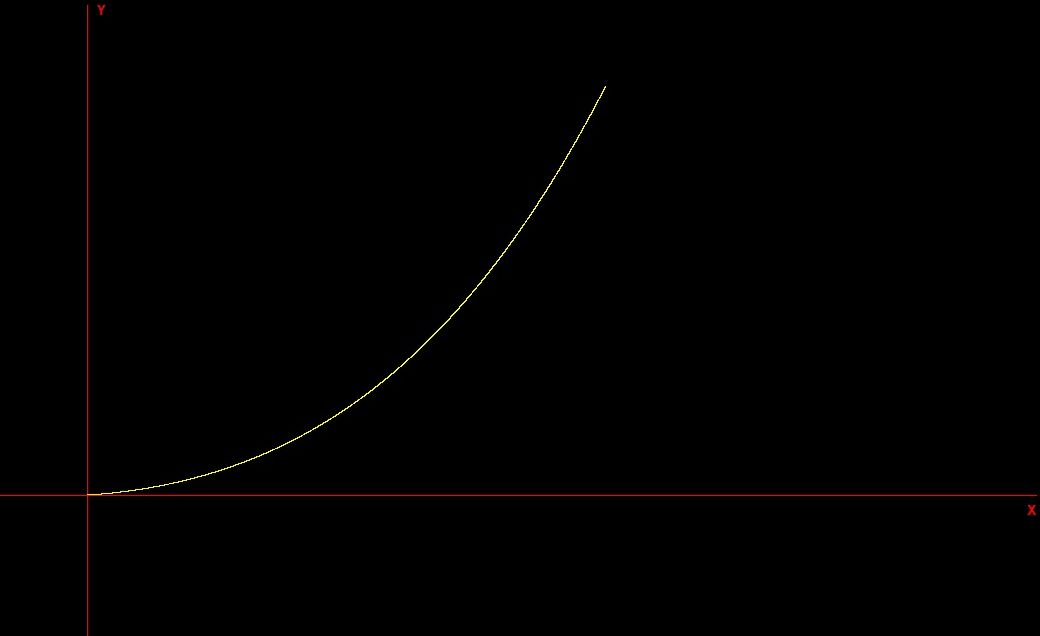So, given that Michael has gone uncharacteristically quiet on these matters, it would be interesting to use the opportunity to discuss what happens to surface brightness at cosmological scales. Ie: if anyone is still interested(?)
Where as surface brightness is independent of distance in a static Universe, in the Big Bang and Steady State theories it depends on the redshift z and becomes noticeable at large cosmological scales.
At local and small scales the surface brightness can be treated as being independent of z and distance.
The flux F (which is not surface brightness) emitted by a galaxy is defined by the equation:
F = L/4πr²
L is luminosity and r is the luminosity distance from the galaxy to the observer.
The luminosity distance r is a good approximation for nearby objects and is based on Euclidean spacetime.
Note the flux F unlike surface brightness is dependant on distance.
For distant objects the luminosity distance is not as straightforward as the inverse square law deviates due to spacetime curvature, time dilation and redshift.
Since the Universe is found to be flat at large scales we can ignore the effects of spacetime curvature.
The remaining effects are corrected by the use of co-moving distances.
Co-moving distance is where the effects of spacetime expansion are removed and the distance between objects is constant.
In an expanding Universe the distance rₑ between gravitationally unbound galaxies increases and is related to the expansion factor (1+z) and co-moving distance σ by the equation.
rₑ = (1+z)σ
In a static flat Universe z=0 and rₑ=r=σ.
If the galaxy is large enough it has an angular dimension in the sky which subtends the angle θ in radians where:
θ =D/l
D is the actual diameter of the galaxy and l is the distance to the observer.
In a static Universe θ is constant as l is constant.
In an expanding Universe however θ is not constant.
When photons are emitted from the galaxy it is closer to the observer than by the time the photons reach the observer.
As a result θ is larger than the true value since l is smaller than the “correct” distance.
How small l is depends on the co-moving distance and expansion factor according to the equation:
l = σ/(1+z)
By definition the surface brightness SB is defined as.
SB = F/dω
Where dω= A/4πl² is a segment of the solid angle and A is the actual area of the galaxy.
Substituting flux F = L/4πrₑ² into this equation gives:
SB = (L/4πrₑ²)/( A/4πl²) = Ll²/rₑ²A
In a static Universe rₑ = l and the equation reduces to SB = L/A confirming the independence of distance.
In an expanding Universe we need to incorporate the co-moving distance σ and expansion factor (1+z) by substituting rₑ = (1+z)σ and l = σ/1+z into the equation SB = Ll²/rₑ²A.
This gives:
SB = [L/(1+z)²][σ²/A(1+z)²] = L/A(1+z)⁴
In an expanding Universe SB is a function of redshift z and varies as the inverse expansion factor to the fourth power.
At local scales or in gravitationally bound systems such as galaxy clusters where expansion doesn’t occur z=0 and the equation reduces to SB=L/A.
For small values of z<<1, the SB=L/A is a good approximation but as z increases with increasing distance, SB is not longer distance independent.
The maths being based on a Euclidean geometry and uniform expansion does not take into account the effects of dark energy.
Depending on the frequency band in which surface brightness measurements are measured, both Keck and Hubble scopes determined the exponential term as being 2.6 or 3.4 rather than the fourth power.
This result however well and truly kills off a static Universe.




